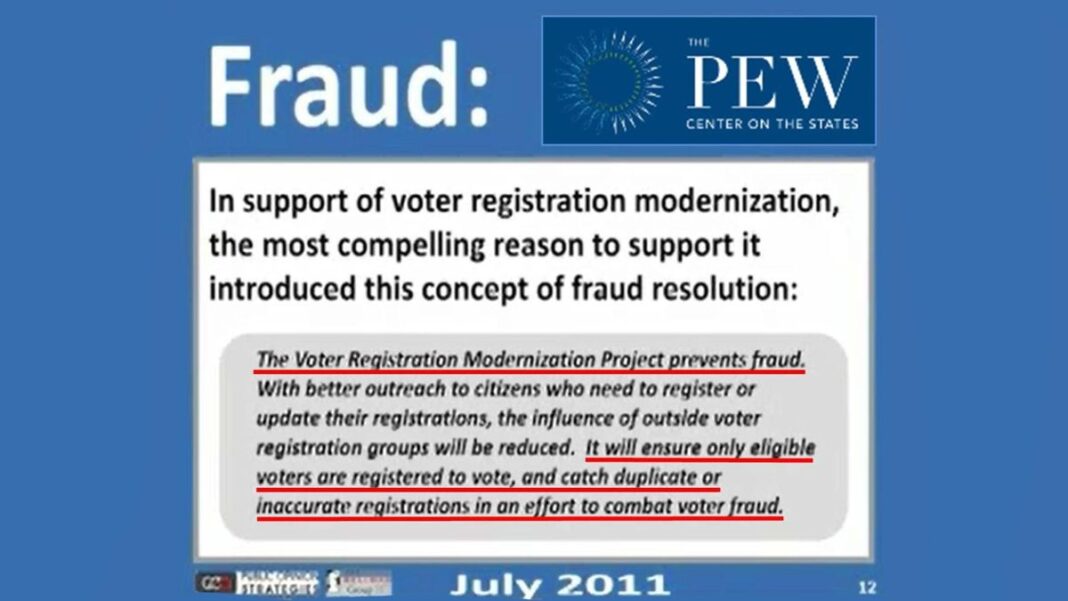
KEY TAKEAWAYS
- After launching an invasion of Ukraine, Russian President Vladimir Putin sparked even more global concerns by putting his nuclear forces on high alert.
- We have no way to defend against a major Russian nuclear attack.
- Putin’s recent inflammatory rhetoric, nuclear saber-rattling, and military actions in Ukraine are proof of the need for a strong, modern U.S. nuclear force.
After launching an invasion of Ukraine, Russian President Vladimir Putin sparked even more global concerns by putting his nuclear forces on high alert.
The Daily Signal asked Patty-Jane Geller, policy analyst for nuclear deterrence and missile defense in The Heritage Foundation’s Center for National Defense, what to make of Putin’s provocative rhetoric.
Geller, who has written extensively on Russia’s nuclear capabilities, previously worked on the staff of the Senate Armed Services Committee.
Here are Geller’s answers to six questions from Fred Lucas of The Daily Signal, The Heritage Foundation’s multimedia news organization.
1. Putin put Russia’s nuclear forces on high alert during the invasion of Ukraine. What is the likelihood he would use nuclear weapons, and on who and what?
The simplest answer to this question is that while the likelihood is not high, it is not zero either. The threat must be taken seriously. Unlike in the U.S., where Americans generally believe nuclear weapons should never be used, Russia incorporates nuclear weapons into its warfighting doctrine.
It has over 2,000 low-yield, nonstrategic—aka battlefield—nuclear weapons that Russia might use in a conventional conflict in Europe to compel the enemy to back down. Putin had been using nuclear saber-rattling during the buildup to his invasion of Ukraine, threatening nuclear war and conducting nuclear exercises.
If Russia continues to fail in its conventional military efforts to take hold of Ukrainian cities and topple the Ukrainian government, Putin might see the explosion of a nuclear weapon in Ukraine or at sea as his best way to compel Ukrainians to surrender—or prevent additional outside intervention. But Putin should know that using nuclear weapons would break the 75-year taboo the world has established against using such weapons.
Doing so would certainly cause Putin and Russia more harm than hurt. A nuclear attack on Ukraine, beyond the potential damage to the Ukrainian countryside and people, would only immensely strengthen the international response, deeply undermining Russia’s efforts at subjugating its neighbor.
Less likely is a nuclear attack on a NATO state or the U.S., because Putin knows well that he can expect a prompt nuclear response on Russian soil. But the important message here is that in the fog of war—especially against an aggressive autocrat—the United States and its allies should be prepared for anything.
2. A nuclear attack by Russia on the United States seems extremely unlikely. But what should be the U.S. response, and that of NATO, if Russia hits Ukraine with a nuclear weapon?
A nuclear attack on Ukraine would be unnecessary, unjustified, and absolutely criminal. Putin started this war of choice in the absence of a real threat to Russian security—despite Russian disinformation. Failure on the battlefield of an illegal and immoral conflict would hardly be a reason to resort to the world’s most dangerous weapons.
Ukraine is not a NATO member, and therefore the United States does not extend its nuclear umbrella over Ukraine. Nor are the United States and NATO currently involved in the conflict militarily, so they have no obligation to respond using military force.
That said, the United States, with its NATO allies, would need to coordinate a strong response that addresses the horror of Putin’s nuclear attack on Ukraine, and deters further aggression.
3. Just out of curiosity, how much of the United States could be reached by a Russian nuclear attack?
All of it. Russia deploys at least 1,500 warheads on hundreds of missiles based from air, land, and sea platforms that can strike the entire U.S. homeland.
Russia also is developing brand new “novel” capabilities that can strike the U.S., like hypersonic missiles and a nuclear-powered cruise missile and torpedo. Fortunately, the United States also maintains a nuclear triad that can strike all of Russia, providing a strong deterrent to a Russian attack.
The difference is that while Russia has modernized its nuclear forces about 90% of the way through, the U.S. still relies on platforms built during the Cold War. For instance, the U.S. is still squeezing life out of the Minuteman III intercontinental ballistic missile that was designed in 1960.
Programs to replace these outdated capabilities with modern systems are just getting underway, and each year must overcome opposition from far-left members of Congress.
4. Does the United States have an adequate missile defense system in place under the worst-case scenario to defend itself or to defend allies from a Russian nuclear attack? Do Eastern European allies have adequate missile defense systems?
Many Americans find it hard to believe that we have no way to defend against a major Russian nuclear attack. The U.S. missile defense system is designed to defend against limited nuclear attacks from rogue states such as North Korea. We have 44 homeland interceptors that could not defend against Russia’s hundreds of nuclear missiles.
Instead, it has been U.S. policy to rely on nuclear deterrence to address the Russian nuclear threat to the homeland. This policy has been a subject of debate for decades, with critics arguing that building up our missile defense will compel Russia to build more offensive weapons, even though history shows multiple examples of that not happening.
In Europe, the U.S. deploys an Aegis Ashore missile defense system in Romania and is building one in Poland, but those are directed at the Iranian missile threat. Russia’s missile arsenal can overwhelm those systems.
Moscow also alleges that the U.S. can launch offensive missiles from those defense systems at Russia, but that is also not true—the systems are purely defensive.
5. By most counts, Russia has several hundred more nuclear warheads than the United States. How relevant is this? Or would such a conflict bring such annihilation that it almost wouldn’t matter?
The disparity you see is explained by what we call Russia’s “nonstrategic” nuclear weapons, which I spoke of earlier. When it comes to strategic nuclear forces, like ICBMs able to reach each other’s homelands, the U.S. and Russia have rough parity from the New START arms control treaty. But New START excludes this entire category of nonstrategic weapons. As mentioned, Russia has at least 2,000 of these weapons, and is even predicted to double this number by the end of the decade.
Meanwhile, the U.S. has only about 200 nonstrategic weapons—with only 100 forward-deployed to Europe. That’s very concerning, because we don’t want Russia to exploit its numeric advantage here and think it can get away with using these tactical weapons.
The United States actually initiated development of a new nonstrategic weapon—a sea-launched cruise missile—but the Biden administration reportedly wants to scrap it. That would be dangerous. The United States needs to catch up in this category, reducing Russia’s asymmetric advantage–to ensure it can fully deter Russia—and not to mention an increasingly nuclear-capable China, too.
6. Anything else about Russia’s nuclear capabilities that Americans should keep in mind as Putin’s rhetoric harshens?
Americans should understand the different roles that nuclear weapons play in Russia and in the U.S.
Moscow considers its status as a major nuclear state critical to its desire to be treated as a great power. Despite public statements to the contrary, Moscow seems to believe nuclear weapons can be used in a conflict to win. Russia violates nuclear treaties and lies about it.
The United States views nuclear weapons as a tool primarily for deterrence—preventing war completely or preventing war from escalating beyond the conventional. While Russia builds new and dangerous nuclear systems, we have to fend off proposals from the left to dismantle our nuclear triad.
Bottom line: As much as U.S. policymakers might like to wish away nuclear weapons from existence, unfortunately, the enemy gets a vote. Putin’s recent inflammatory rhetoric, nuclear saber-rattling, and military actions in Ukraine are proof of the need for a strong, modern U.S. nuclear force.
By Fred Lucas





